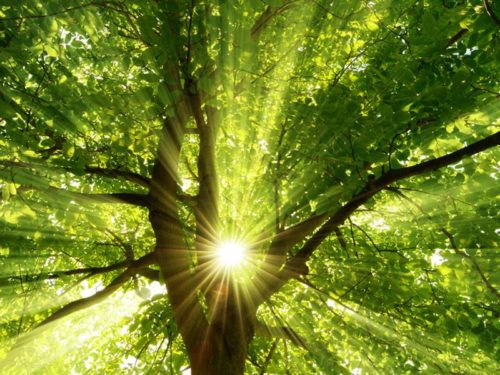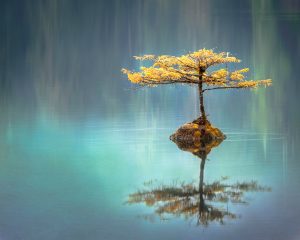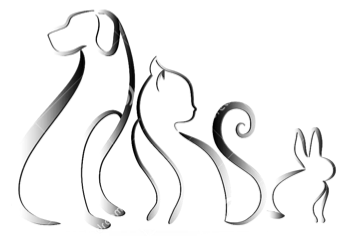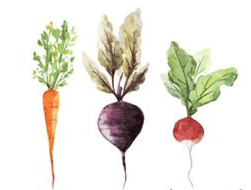GÉOBIOLOGY – INTRODUCTION

Geobiology is the knowledge of places and nature, the analysis of bioclimatic factors such as sunshine, prevailing winds and rain. This science studies magnetic and Earth’s electric fields, groundwater, geological faults, vortexes and cosmo-telluric currents … All important elements that geobiologists need to identify and measure in their work.
It is important to locate geobiological disturbances that may affect where we live and to establish how we can modify energy currents so as to create healthy environments. In ancient times these phenomena were well known. It is now up to us to rediscover the innate vitality of the places where we live
Influences of nature

arbre - geo bio - nature
TREES that show anomalies like significant twists and excrescences provide tell-tale signs of telluric disturbances in the areas where they grow. Traditionally, ‘defective’ trees were used in cabinetmaking and were deliberately planted on sites of geological perturbation, near ancient ponds or underground pits. There are certain species of plants that seek out places that are heavily charged at a telluric level. Most of these plants are in themselves dangerous, but they contribute to purifying the soil on which they grow by promoting circulation.
A “place of lightning” is a site that connects two telluric perturbations including water (underground water current and faults or other perturbation). This distortion is likely to attract lightning to a tree. The presence of one or more trees struck by lightning generally involves a major disturbance of the Hartmann grid (description below).

Areas with such disturbances attract ANIMALS like ants, termites, wasps and woodlice. On the other hand, bees avoid them. As far as domestic animals are concerned, while cats are attracted to heavier energy places, dogs tend to avoid them. Cats seem to have an ability to use those frequencies to their advantage. Contrary to what one might assume, toads, salamanders, mice and bats find it difficult to tolerate telluric disturbances, as do swallows, which also prefer healthier places.
In China, having a home that is welcoming for toads and bats has long been considered a source of wellbeing. This explains why many decorative motifs include animals such as these that are considered to be highly beneficial.

geo bio jardins
In GARDENS, some vegetables are particularly sensitive and have difficulty growing if the Hartmann grid is disrupted: the most affected are celery, cucumber, onions, corn and artichoke. Unlike them, tomatoes, eggplant and potatoes will grow happily. Conifers and especially willows and alders help to redress electromagnetic imbalances via deep soil drainage.
To strengthen your garden you need to identify underground currents and plant your vegetables right next to, and not directly above, water veins. Plants naturally seek water and will grow stronger roots. You should also work out the Hartmann and Curry grids of your garden, as these telluric lines have a strong influence on living things. Be careful not to plant at the crossing (or node) of two Hartmann lines or of underground water courses, otherwise your trees will wither or have a stunted growth.
Continue Reading: Geobiology – Health
